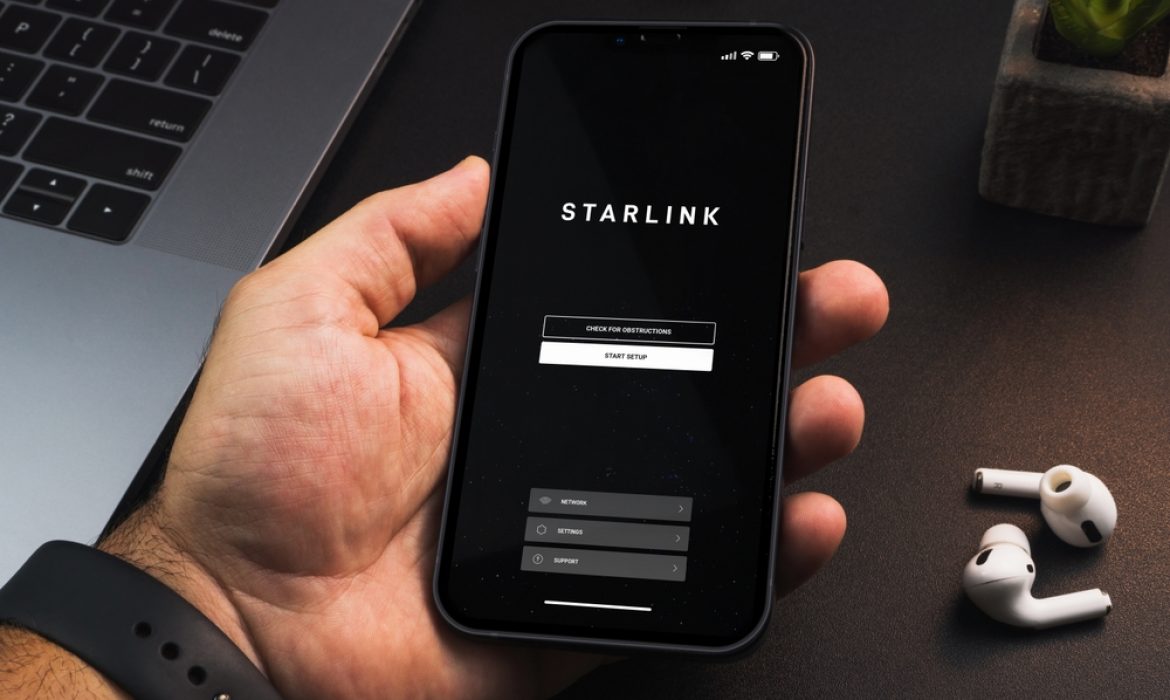SpaceX, under the leadership of Elon Musk, has shattered expectations by achieving a maximum download speed of 17 Mbps from the Starlink satellite directly to unmodified Samsung Android phones.
Elon Musk took to X Twitter to announce this groundbreaking achievement, marking a significant leap in satellite-based communication technology. According to Musk, this speed milestone was achieved in real-world conditions, emphasizing the practical application of Starlink’s capabilities.
Clarifying the Technological Feat
Musk, responding to inquiries on Twitter, clarified that the 17 Mbps speed is the current peak per beam. Notably, he highlighted that the effectiveness of this system relies on the absence of cellular service. Musk stressed that Starlink operates in collaboration with wireless providers, a strategic partnership demonstrated by SpaceX and T-Mobile.
Strategic Partnership to Eradicate Dead Zones
In August 2022, SpaceX and mobile giant T-Mobile initiated a partnership aimed at eliminating cellular dead zones through the use of Starlink satellites. The initial plan projected speeds of 2-4 Mbps for conventional 5G smartphones in specific coverage areas. However, the recent achievement far surpassed these expectations, reaching 17 Mbps in certain scenarios.
Texting Triumph and Global Expansion Plans
January 2024 marked another milestone for SpaceX and T-Mobile as they successfully sent and received the first text messages via the Starlink D2D satellites. Launched just a week prior, these satellites aim to provide satellite internet connectivity to regular cell phones, ensuring T-Mobile customers can stay connected even in areas without traditional cell phone coverage.
SpaceX plans to publicly launch text services with T-Mobile in 2024, with ambitious plans to expand offerings to include voice, data, and the Internet of Things (IoT) by 2025. Globally, SpaceX is forging partnerships with telecom giants such as Rogers in Canada, Optus in Australia, and KDDI in Japan.
Specialized Starlink Satellites and Successful Tests
To deliver these advanced communication services, SpaceX deployed the first six specialized Starlink satellites with direct-to-device (D2D) capability on January 2. Early tests were completed without complications, showcasing the robustness of the technology.
The Vision: A Cell Tower in the Sky
T-Mobile’s CEO, Mike Sievert, likened this technological advancement to placing a cell tower in the sky. He envisions a future where dead zones are eradicated, allowing people to easily communicate with loved ones, even in the remotest locations, such as the middle of the ocean.
Mixed Success and Challenges
While SpaceX proudly shared an image on X, formerly Twitter, depicting phones exchanging text messages via Direct to Cell satellites, attentive users noticed discrepancies. Some messages were lost in transit, underlining the challenges that still need to be addressed before this technology can achieve seamless global implementation.
Conclusion: A New Era in Global Connectivity
SpaceX and T-Mobile’s collaborative efforts are propelling us into a new era of communication. As the technology matures, the dream of a world seamlessly connected through satellite networks becomes increasingly tangible.
Source: Engadget


